Images: Strange Life at Antarctic Seafloor
Snapshots of Biodiversity
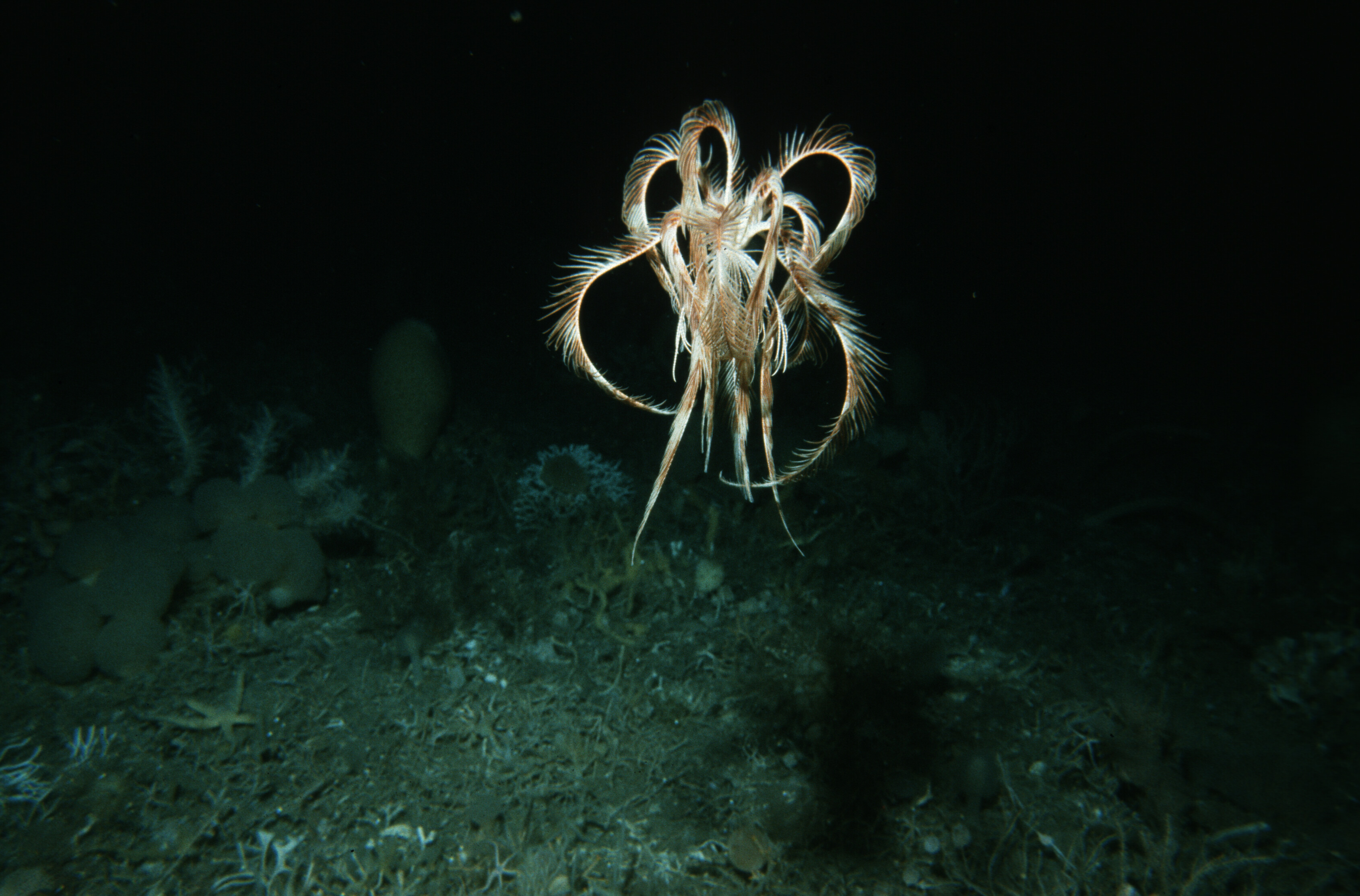
Researchers have compiled a database of images and information collected from the Antarctic seafloor during various expeditions to the frozen continent. While the pictures are lovely to look at, they could also help scientists studying biodiversity in the pristine region and help policymakers decide how to protect its marine habitats.
Weddell Sea Wonders
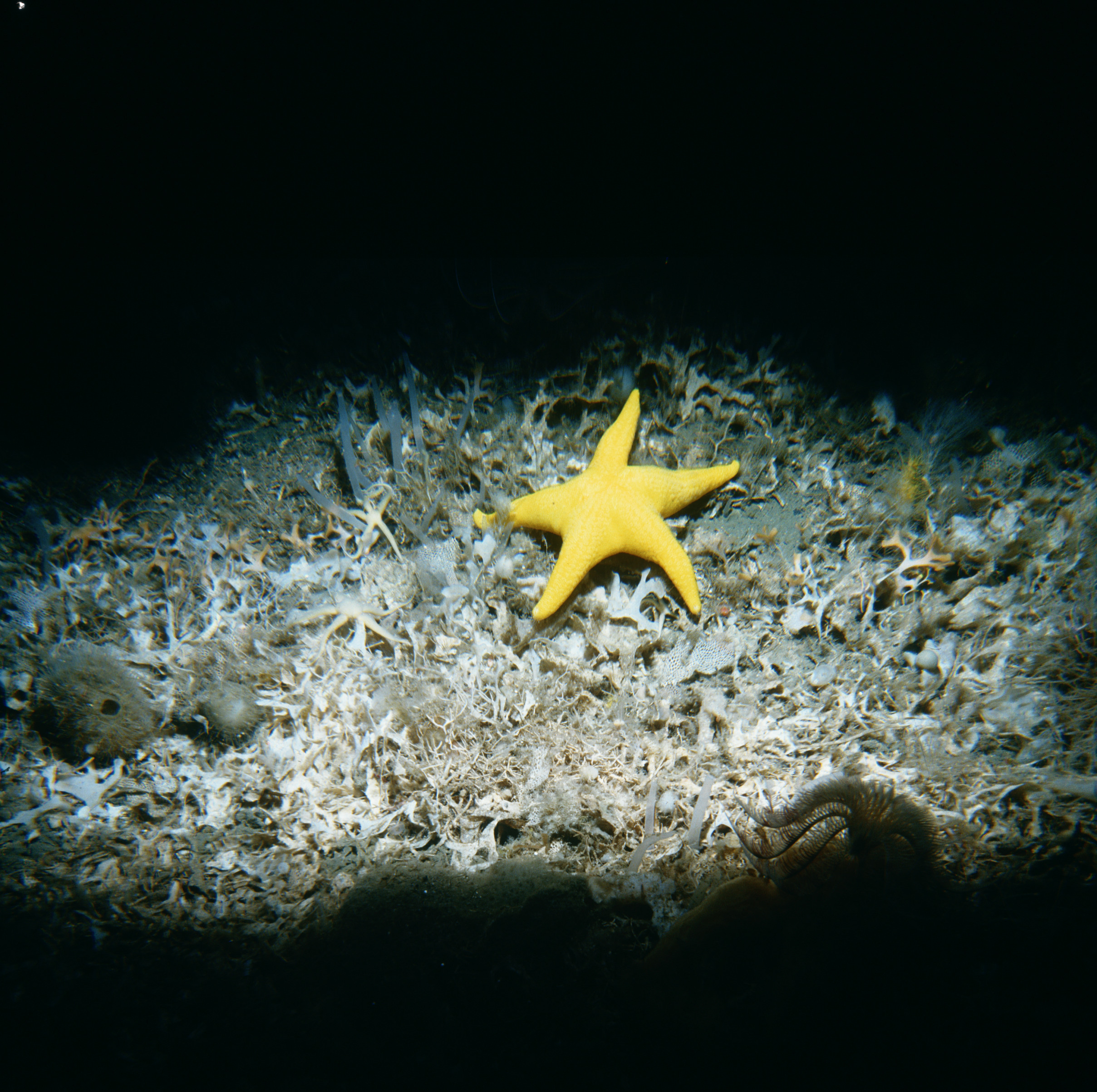
Many of the images in the collection were taken at the bottom of the Weddell Sea, the large bay nestled in the frozen continent's coast from the Antarctic Peninsula east to the Coats Land region. This photo was snapped during an expedition in 1988.
Icefish
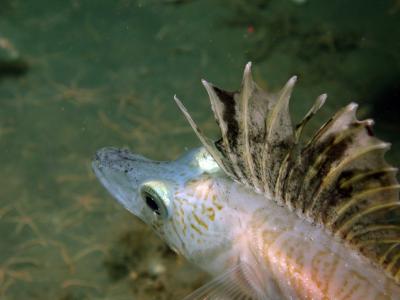
An icefish caught on camera at the Antarctic seafloor
Icefish (Notothenioidei)
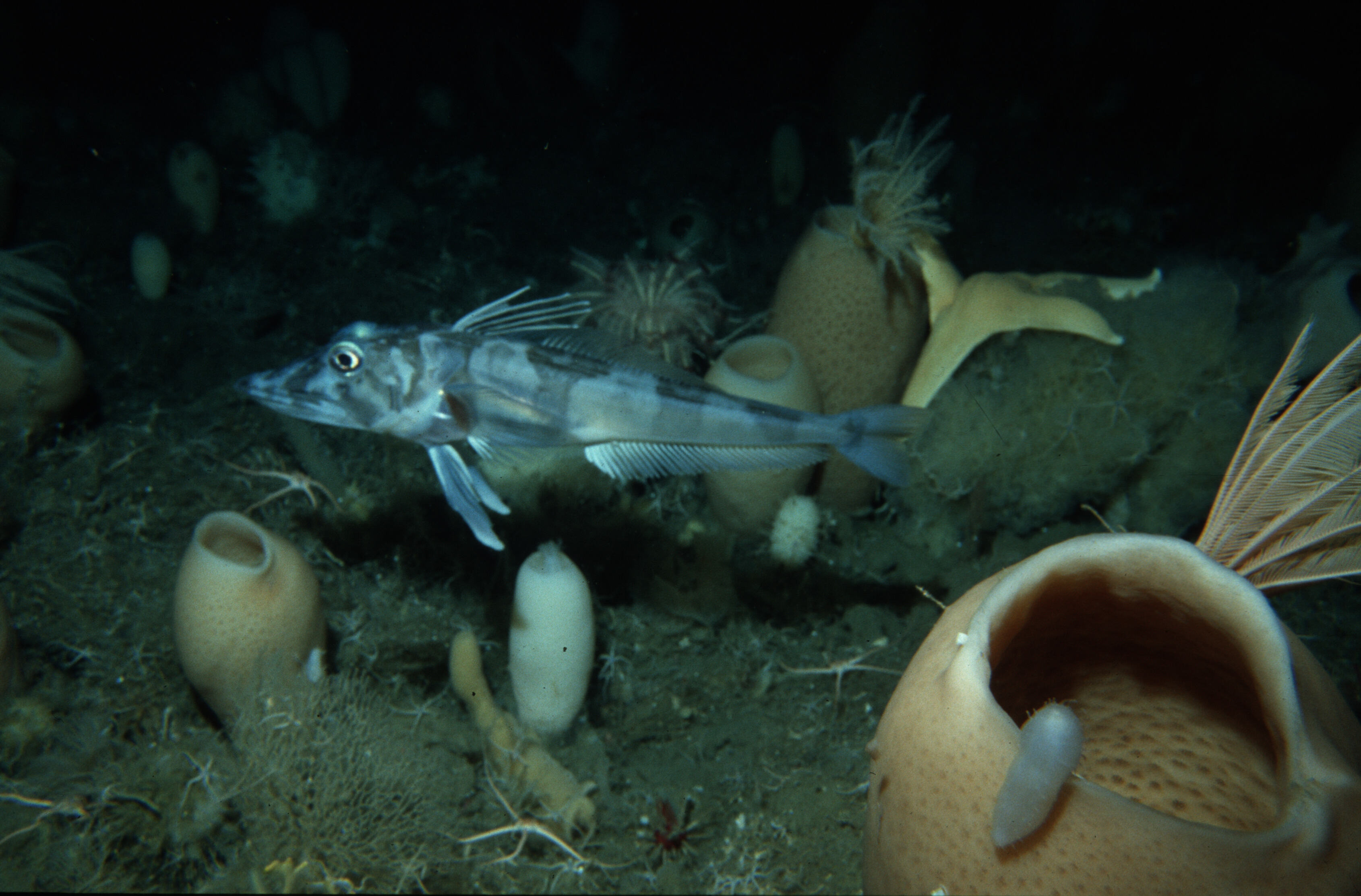
Icefish, like the one seen here, have a natural antifreeze chemical in their blood and body fluids that allow them to survive frigid water temperatures.
Cold-Loving Creatures
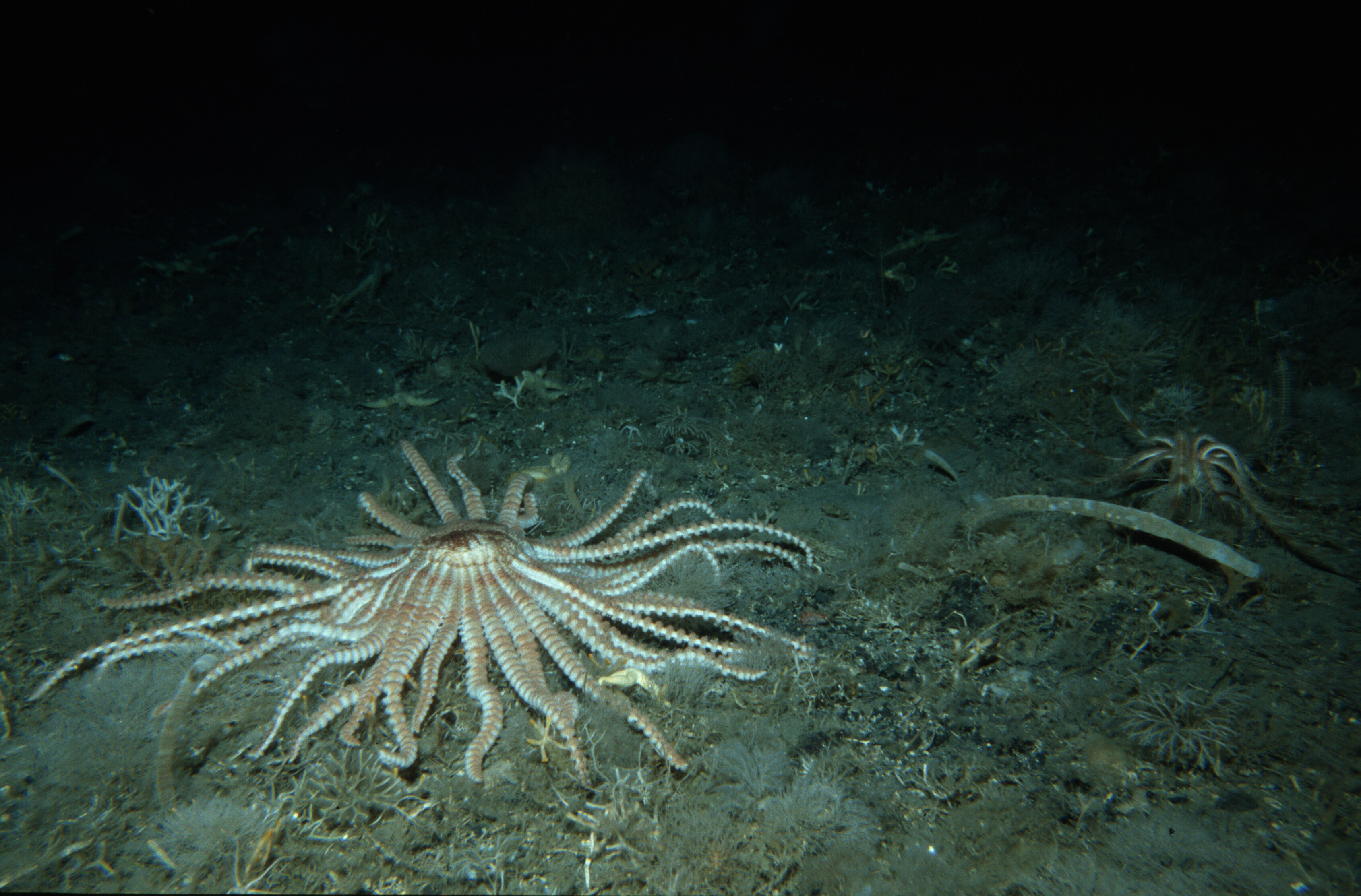
In 2000, an undersea rover captured this view from the bottom of the Weddell Sea.
Sea fans
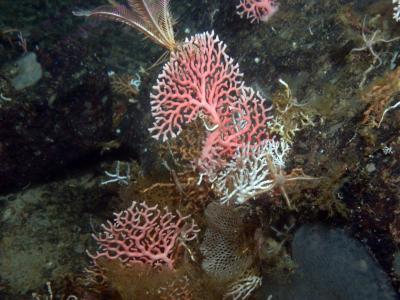
This picture shows hydrocorals also known as sea fans.
Icefish in Blue
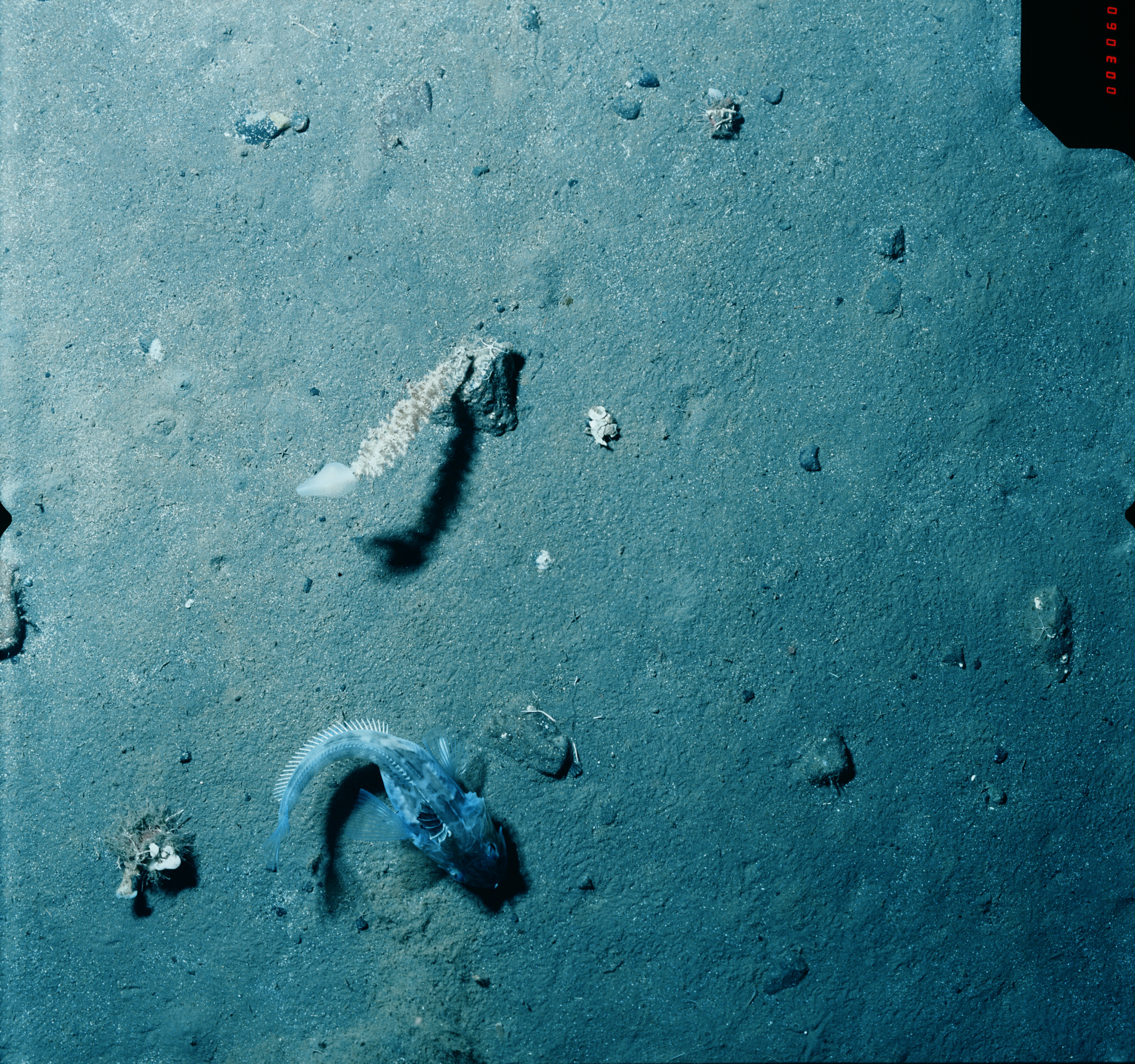
Another view of an icefish — this one from the bottom of the eastern edge of the Weddell Sea, taken in 2003
Sign up for the Live Science daily newsletter now
Get the world’s most fascinating discoveries delivered straight to your inbox.
Crabs Caught on Camera
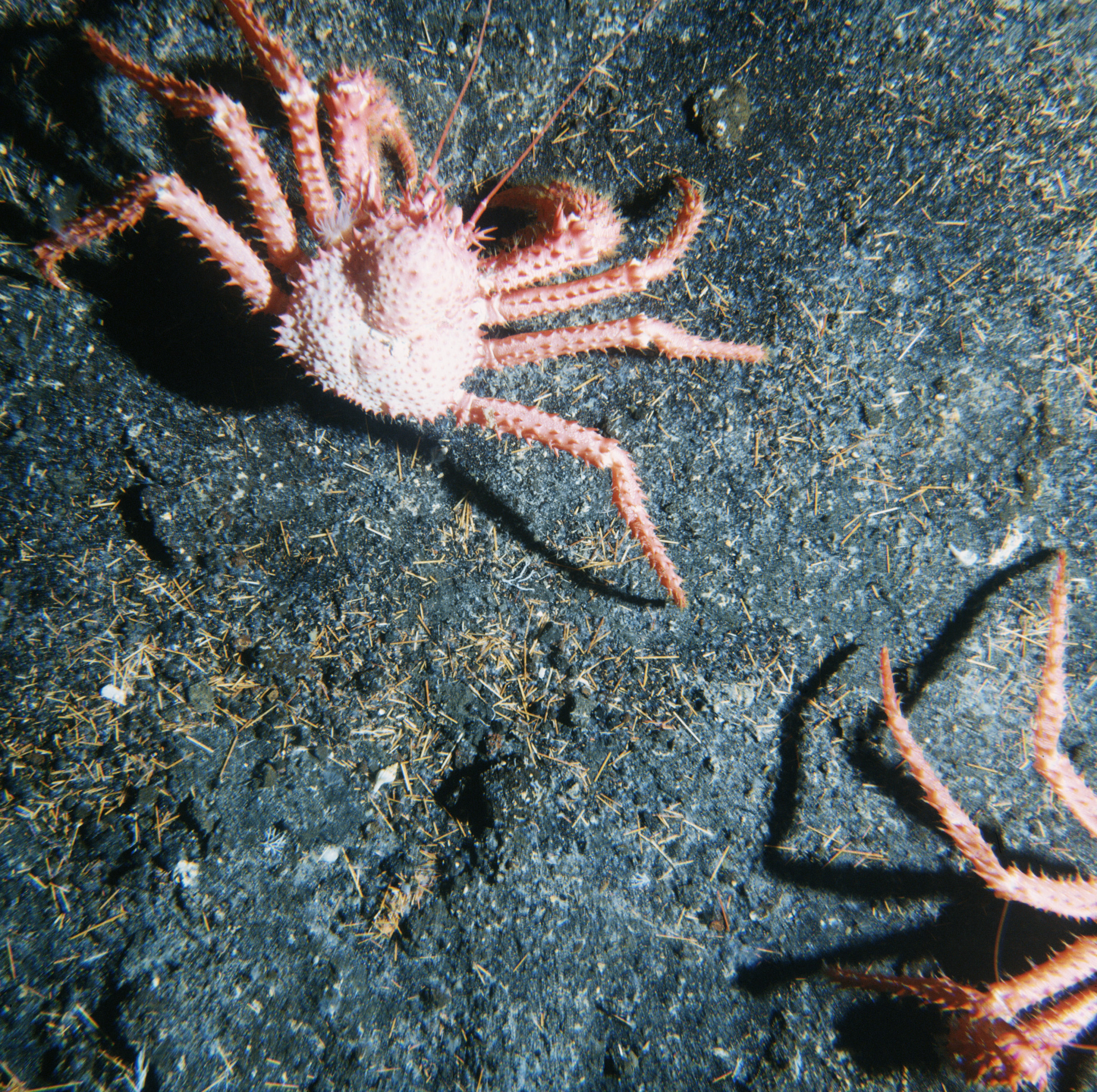
This image belongs to a set photographs from 1989, taken at the bottom of the South Atlantic Ocean, not far from the remote Bouvet Island, at about 1,300 feet (400 meters) below sea level.
Weddell Sponges
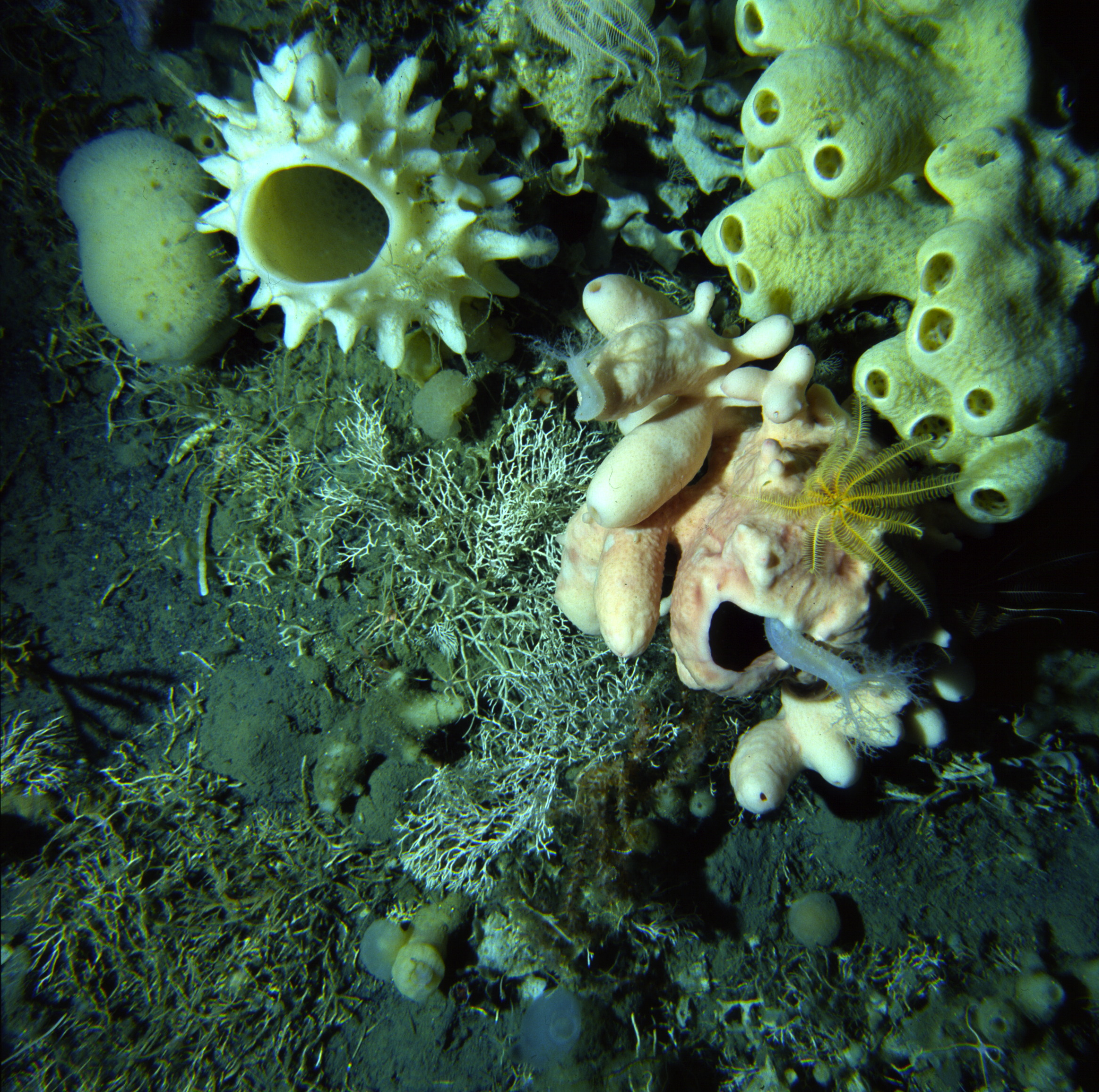
This image from the bottom of the Weddell Sea was taken during an expedition in the 1990s.
Chilly Sea Sponges
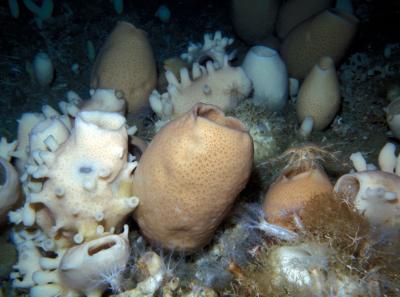
This picture shows a sea bed covered with glass sponges.











